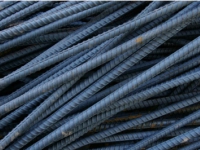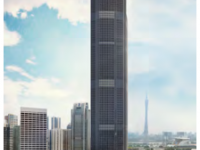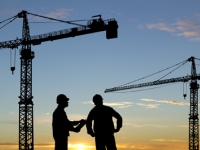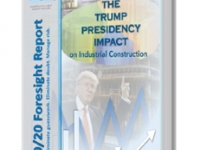It is a game almost older than dirt, a “table stakes” game. Every contractor or sub has been tempted to play the game at one time or another to win a project. It is commonly known as “the grey bag,” or “this is the way it is played here,” or “I know that you are not the lowest, but…” or “if you will hire this consultant on the project, I will guarantee that you will get it,” or “if you will hire my cousin’s company as a sub on this project or that one, then I will help you get the project.”The legal profession knows it as “bribery” and even though it continues on projects around the country, the downside risk if you play is considerable.Two recent examples caught our eye. The first was reported in the Houston Chronicle. It involves a former Houston Independent School Board member and Chairman who, along with his co-defendants, were convicted of “tortious interference in a business relationship, bribery, conspiracy and a violation of the RICO statutes." The game involved collusion among the trustee, a contractor and a “consultant” to block the plaintiff’s attempts to get work from the school district. The game was that in order to get work, the bidder had to hire the consultant and pay fees.
Reshaping the Construction Industry
An article by Johnny Magdaleno which was published in Next City last month offers reactions by representatives from the Workers Defense Project and Workforce Solutions Capital Area to a report by personal finance website NerdWallet which listed Austin, Texas as “the best place to search for a job in 2017.”The Austin area is indeed growing its employment opportunities in technical fields with the opening of Apple’s new campus and the promised funding by Microsoft, Google, and IBM for internships for low-income job seekers and veterans through the TechHire initiative.However, workers in the construction, restaurant, and other service industries are not all finding the same job growth opportunities.
February 02, 2017
Hi there. The Chamberlin Man here.Well, here we are. We’ve made another full lap around the sun. Welcome to 2017! It’s hard for an old guy like me from another generation to believe we’ve made it this far.It’s also hard for me to believe how far technology has come. I just got my copy of the Winter Chamberlin News and read all about Electronic Leak Detection, or as the cool cats in the know call it, “ELD.” Let me tell you friends, if you’re curious about ELD methods, efficiencies and limitations, this story serves up some great insights. Take a look to get a pulse on ELD and see if it’s right for your next project.The newsletter also features a project of which the Chamberlin team is particularly proud, the Hallmark Senior Living Community in Houston. Because the work was taking place while folks were home, this restoration project included a series of precautions and extra communications ensuring residents weren’t disrupted in the least.
February 01, 2017
Employment rose in 32 states in 2016; materials costs climb; yearend Dodge starts slipEditor’s note: Construction Citizen is proud to partner with AGC America to bring you AGC Chief Economist Ken Simonson's Data DIGest. Check back each week to get Ken's expert analysis of what's happening in our industry.Seasonally adjusted construction employment rose in 32 states from December 2015 to December 2016 and fell in 18 states and the District of Columbia, an AGC analysis of Bureau of Labor Statistics (BLS) data released on January 23 showed. Nevada again led in percentage gain (15%, 11,000 jobs), followed by Oregon (9.0%, 7,600), Iowa (8.3%, 6,900), Minnesota (8.0%, 9,300), Washington (7.6%, 13,500) and Colorado (7.0%, 11,000). Florida added the most jobs (22,300 jobs, 5.1%), followed by California (20,900, 2.8%), Washington, Nevada and Colorado. Illinois lost the most jobs (-9,700 jobs, -4.5%), followed by New York (-7,800, -2.1%), Alabama (-6,100, -7.4%) and Kentucky (-5,000, -7.4%). Alabama and North Dakota (-7.4%, -2,400 jobs) had the steepest percentage loss, followed by Kansas (-6.8%, -4,200) and Kentucky.
January 31, 2017
President Donald Trump's proposed border wall isn't just highly controversial. Now that he’s been elected and has begun the process of fulfilling campaign promises, it is also becoming more apparent the project is a logistical nightmare for a variety of reasons, not the least of which is a lack of enough skilled workers to build what would be one of the largest public infrastructure projects in history.Bloomberg News puts a fine point on it:A labor shortage has left few hands to build houses and factories in the region, where wages have already been rising and projects delayed. Now, the president’s plan for “immediate construction of a border wall” will force the government to find legal builders for a project that could employ thousands if not tens of thousands.
January 30, 2017
There is a saying that “Things are Bigger in Texas.” Whether we Texans just brag about it or whether others expect it from us, that is the myth.Not on supertall buildings.The latest report from The Council on Tall Buildings Council and Urban Habitat (TCBUH) on the supertall buildings completed over the last year titled 2016 Another Record-Breaker for Skyscraper Completions; 18 “Tallest Titles” Bestowed lists China, not Texas or even the US, as the country completing the most buildings over 200 meters or 656 feet tall. While second on the list of completions, the US was not even close.According to the report, there were a total of 128 buildings completed in 2016 and China far outstripped Texas and the US with 84 completions to a paltry 7 in the US. South Korea followed with 6, Indonesia with 5 and the Philippines and Qatar tied at 4. In terms of combined height, according to TCTBUH, China completed 30,301 meters or 99,413 feet of tall buildings. Stacked end on end, that would be 18.8 miles high. That is pretty tall and enough to give the Chinese real bragging rights in that category.If you look at the various charts in the report, and they are eye opening, you will see that the latest round of completions brings the leader China to a total of 500, followed by the US at 187, the Middle East at 137 and Europe at 47 buildings over 200 meters high.
January 27, 2017
It turns out that it is safer to be a construction worker on a skyscraper than on a shorter building. According to a report in Commercial Observer, the safety measures utilized on major buildings that are 10 stories or more are much more stringent than the those put on minor buildings (less than 10 stories), and historically this has resulted in more fatal accidents on shorter building projects.
January 26, 2017
It is always gratifying to witness a group of construction leaders gathering to discuss the state of our workforce and what might be done if we acted in concert.I experienced that recently in Atlanta, Georgia at a meeting of the Construction Industry Employer Roundtable. As a guest of MAREK and MEMCO Atlanta, I joined approximately 12 construction trade associations represented by about 20 executives, along with a few contractors and specialty contractors, who were recognizing the one-year anniversary of their existence.The formation of this group acknowledges the workforce challenge facing the construction industry, across our nation, and the need for the industry to come together to collaborate, develop a collective voice, and align strategies.
January 25, 2017
The presidential election of November 2016 represents an historic change in the United States, producing a new President-elect, Donald J. Trump, who has proposed policies to “Make America Great Again.” Those policies include controlling immigration, renegotiating trade agreements, raising defense spending (of the U.S. and its allies), cutting personal and corporate tax rates, increasing energy independence, reducing regulation, and spending up to $1 Trillion to rebuild U.S. infrastructure. All or any combination of these, could potentially have a powerful impact on our future.A review of the construction outlook for chemical plants, LNG terminals, gas plants, refineries, and transmission and distribution for oil and gas leads us to believe, despite abundant uncertainty, that the proposals of President-elect Trump improve the prospects for industrial construction almost across the board.Regulatory changes will encourage the production of natural gas – encouraging investment in chemical plants, natural gas liquefaction facilities, refineries, and natural gas plants – even though increased capital costs, due to higher interest rates, will somewhat reduce those investments. The outlook for pipelines is better, since the Trump Administration will promote the Keystone North project and encourage the production and utilization of domestic oil and natural gas.
January 24, 2017
Amid high unemployment in areas like the Midwest where people have in almost no way been encouraged to retrain themselves and while there are calls for increases in the minimum wage for jobs in fast food, the construction industry is offering good paying jobs but hurting for workers in a big way.There are a variety of reasons for this, naturally. The problem is especially bad in North Texas, reports the Dallas Morning News:Dallas-Fort Worth leads the country in construction of both houses and apartments. The lack of skilled labor is adding months to construction timelines and helping to inflate property prices in Big D and beyond.
January 23, 2017



.jpeg?itok=6uFZXEBH)

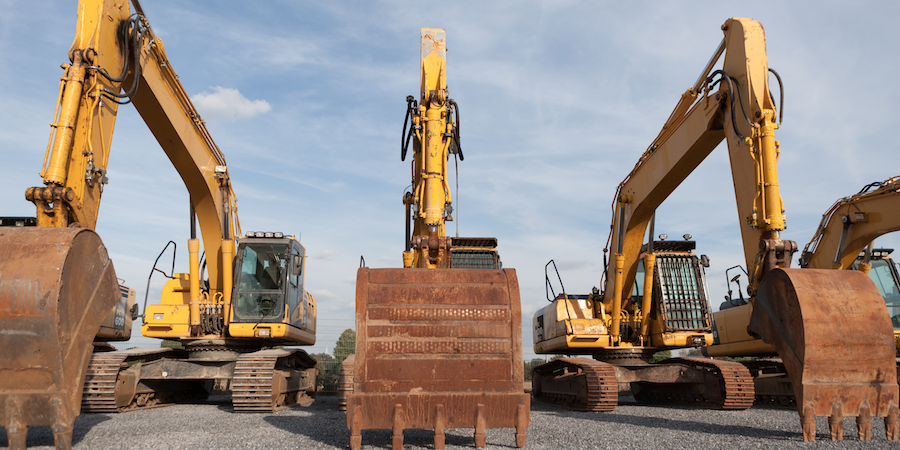



.jpeg?itok=4Vi_1nJG)














